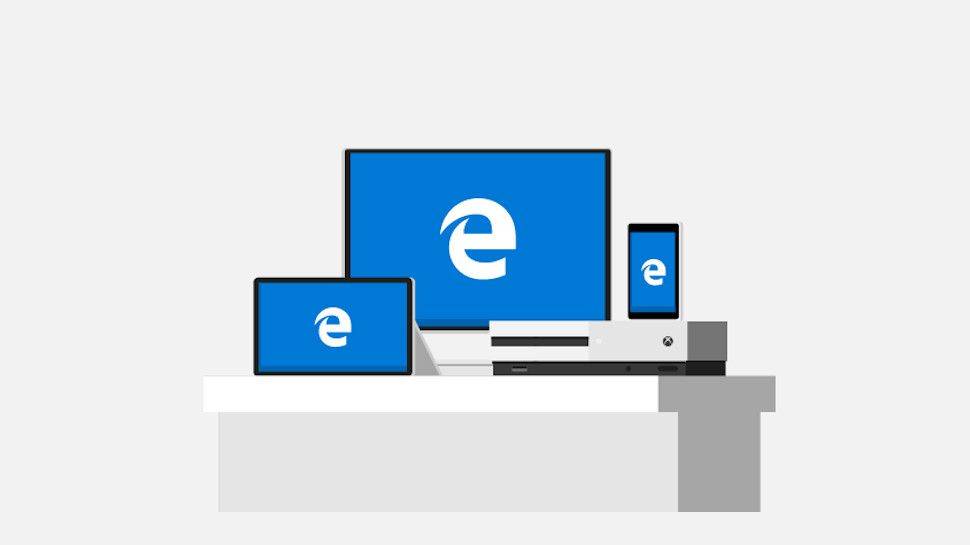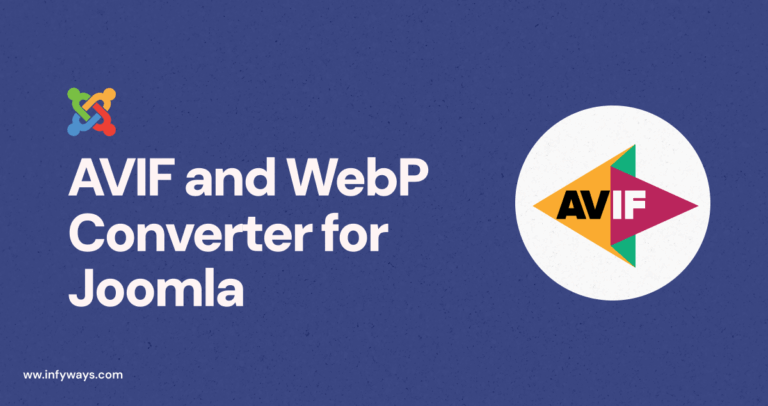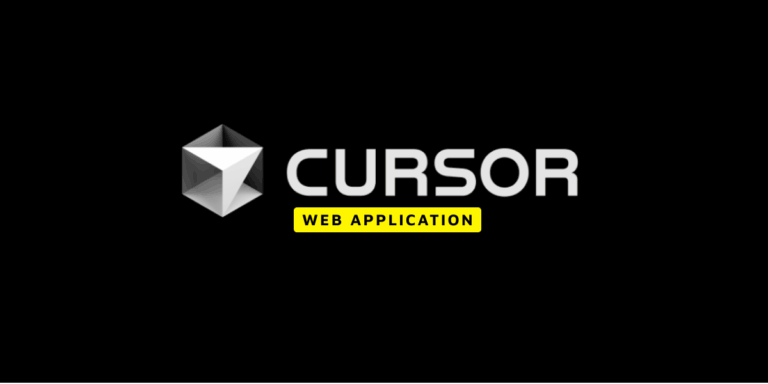WordPress, being a versatile platform, is used by millions worldwide. However, like any other web platform, it can sometimes face compatibility issues with certain browsers, especially older versions of Internet Explorer (IE). This guide will provide advanced solutions to instantly resolve these issues and ensure your WordPress site runs smoothly across all browsers.
Understanding the Issue
Before diving into the solutions, it’s essential to understand the nature of compatibility issues. WordPress themes, plugins, and custom codes might not always align with the way older browsers, like IE, interpret and display web content. This misalignment can lead to distorted layouts, malfunctioning features, or even security vulnerabilities.
Solutions to WordPress and IE Compatibility Issues
- Browser Detection Using JavaScript: Implement browser-specific code by detecting the user’s browser through JavaScript. Place this code in the header file of your WordPress page or post. This method can identify common browsers like Opera, Internet Explorer, Safari, Chrome, and Firefox.
- Separate Style Sheets for Different Browsers: Create distinct CSS files tailored for specific browsers. For instance, if you notice that a particular CSS attribute doesn’t render well in IE but works perfectly in Firefox, you can create two separate style sheets. Use JavaScript to determine which style sheet to apply based on the user’s browser.
- Use the Compatibility View in IE: For users still on Internet Explorer, especially older versions like IE 11, there’s a feature called “Compatibility View.” This feature allows websites to be displayed as if the user was viewing them in an older version of IE. It can be a quick fix for many display issues.
- Update WordPress Themes and Plugins: Ensure that your WordPress themes and plugins are updated. Developers often release updates to address compatibility issues.
- Use Cross-Browser Testing Tools: Tools like the Microsoft Edge browser can help you run cross-browser compatibility checks on your site. This can be particularly useful to identify and resolve any inconsistencies.
- Clear Browser Cache: Sometimes, the issue isn’t with the website but with the stored cache in the browser. Clearing the cache can often resolve display issues.
FAQs
- How do I make my WordPress site compatible with all browsers?
Regularly update your themes and plugins, use cross-browser testing tools, and consider implementing browser-specific code using JavaScript. - What is the browser compatibility plugin for WordPress?
There are several plugins available that can help identify and fix compatibility issues. It’s essential to choose one that’s regularly updated and has good reviews. - Why is my WordPress site not displaying correctly?
This could be due to outdated themes/plugins, browser cache, or compatibility issues with certain browsers. - How do I enable IE compatibility mode in Chrome?
Chrome doesn’t have a native IE compatibility mode. However, there are third-party extensions available that can emulate this feature.
Conclusion
Ensuring your WordPress site is compatible with all browsers, especially older versions like IE, is crucial for user experience. By following the steps mentioned above, you can ensure a seamless experience for your users across all browsers.




